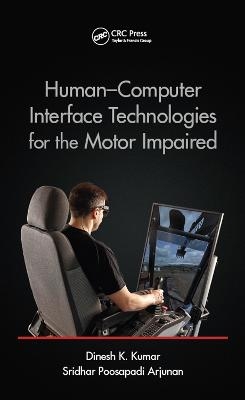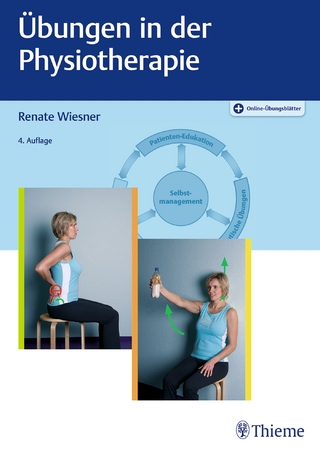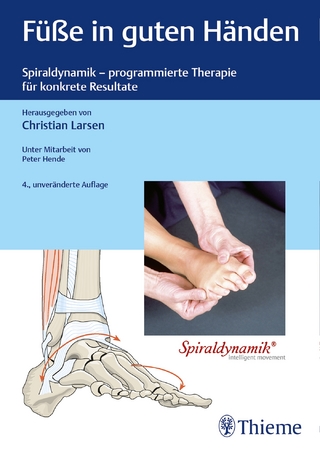
Human-Computer Interface Technologies for the Motor Impaired
Crc Press Inc (Verlag)
978-1-4822-6266-7 (ISBN)
Easily and readily understood by researchers, engineers, clinicians, and the common layperson, the book describes a number of HCI technologies ranging from simple modification of the computer mouse and joystick to a brain–computer interface (BCI) that uses the electrical recording of the brain activity of the user. The text includes photographs or illustrations for each device, as well as references at the end of each chapter for further study.
In addition, this book:
Describes the mechanical sensors that are used as an interface to control a computer or screen for the aged and disabled
Discusses the BCI using brain waves recorded by noninvasive electrodes to recognize the command from the user
Presents the myoelectric interface for controlling devices such as the prosthetic/robotic hand
Explains the technology of tracking the eye gaze using video
Provides the fundamentals of voice recognition technologies for computer and machine control applications
Examines a secure and voiceless method for the recognition of speech-based commands using video of lip movement
Human Computer Interface Technologies for the Motor Impaired
considers possible applications, discusses limitations, and presents the current research taking place in the field of HCI. Dedicated to enhancing the lives of people living with disabilities, this book aids professionals in biomedical, electronics, and computer engineering, and serves as a resource for anyone interested in the developing applications of HCI.
Dinesh K. Kumar received a B.Tech from IIT Madras, and a Ph.D in biomedical engineering from IIT Delhi and AIIMS, Delhi. He is a professor and leader of biomedical engineering at RMIT University, Melbourne, Australia. Dr. Kumar has published more than 330 refereed papers in the field, and his interests include muscle control, affordable diagnostics, and human–computer interface. He is editor of multiple journals, chairs a range of conferences related to biomedical engineering, and enjoys walking in nature in his spare time. Sridhar Poosapadi Arjunan received a B.Eng in electronics and communication from the University of Madras, India; a M.Eng in communication systems from Madurai Kamaraj University, India; and a Ph.D in biomedical signal processing from RMIT University, Australia. He is currently a postdoctoral research fellow with Biosignals Lab at RMIT University. Dr. Poosapadi Arjunan is a recipient of the RMIT SECE Research Scholarship, CASS Australian Early Career Researcher Grant, and the Australia-India ECR Fellowship. His major research interests include biomedical signal processing, rehabilitation study, fractal theory, and human–computer interface applications.
Introduction. Human–computer interface: Mechanical sensors. Brain–computer interface based on thought waves. Evoked potentials-based brain–computer interface. Myoelectric-based hand gesture recognition for human–computer interface applications. Video-based hand movement for human–computer interface. Human–computer interface based on electrooculography. Video-based eye tracking. Speech for controlling computers. Lip movement for human–computer interface.
| Reihe/Serie | Rehabilitation Science in Practice Series |
|---|---|
| Zusatzinfo | 13 Tables, black and white; 50 Illustrations, black and white |
| Verlagsort | Bosa Roca |
| Sprache | englisch |
| Maße | 156 x 234 mm |
| Gewicht | 430 g |
| Themenwelt | Medizin / Pharmazie ► Physiotherapie / Ergotherapie ► Orthopädie |
| Medizin / Pharmazie ► Physiotherapie / Ergotherapie ► Rehabilitation | |
| Technik ► Medizintechnik | |
| Technik ► Umwelttechnik / Biotechnologie | |
| ISBN-10 | 1-4822-6266-5 / 1482262665 |
| ISBN-13 | 978-1-4822-6266-7 / 9781482262667 |
| Zustand | Neuware |
| Informationen gemäß Produktsicherheitsverordnung (GPSR) | |
| Haben Sie eine Frage zum Produkt? |
aus dem Bereich


